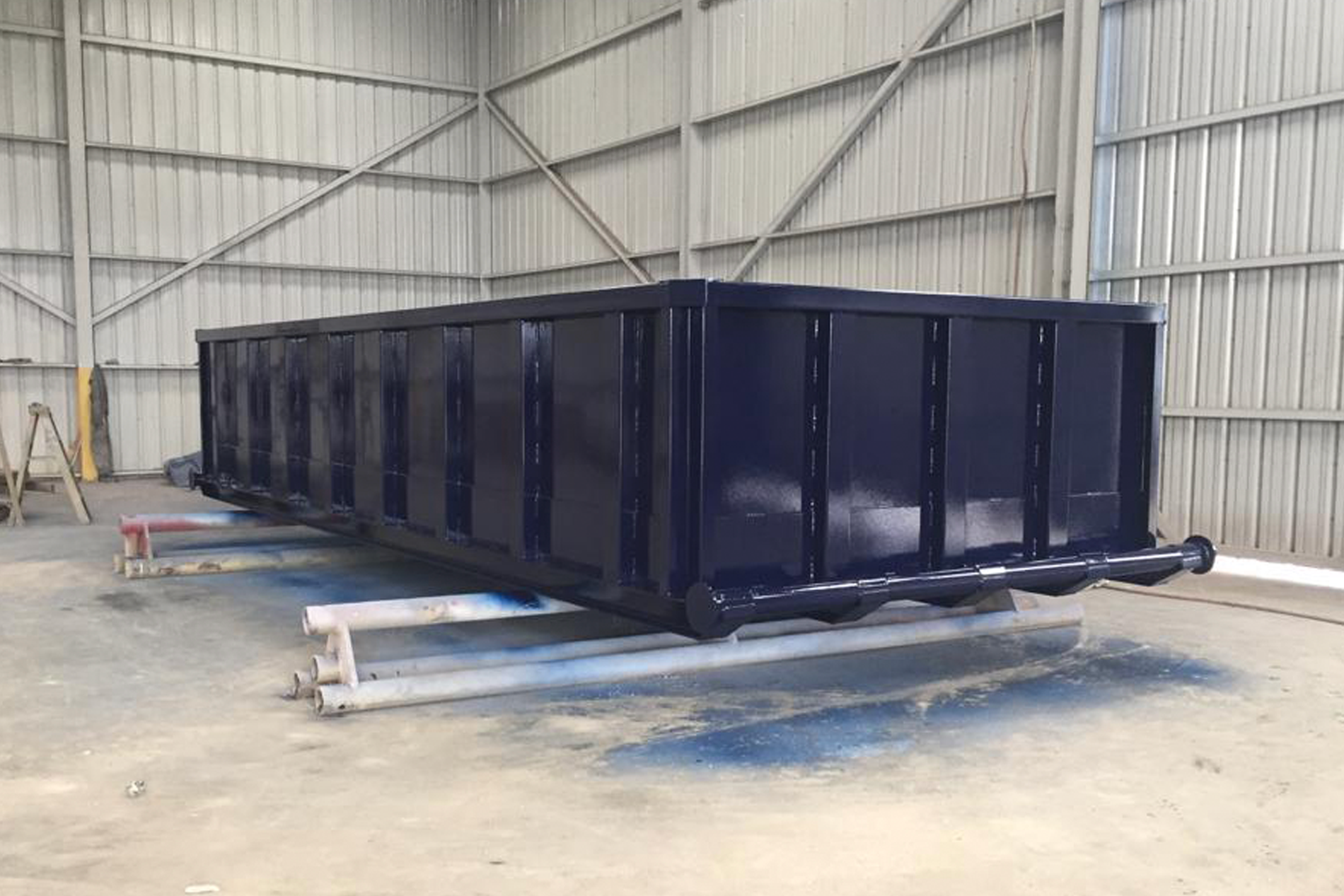Sandblast & Coating

Service Overview
Sandblasting is the process of propelling abrasive by using the pressurized air as propellant. A coating is a layer of material deposited onto a substrate to enhance the surface properties for corrosion and wear protection.
Sandblasting and coating are two separate processes often used together in various industries, particularly in manufacturing, construction, automotive, and marine sectors.
When used together, sandblasting prepares the surface by removing any existing coatings, corrosion, or contaminants, creating a clean and roughened surface ideal for promoting adhesion. Once the surface is prepared, coatings are applied to provide the desired properties or finishes. This combined process ensures better adhesion and longevity of the coating, improving the overall durability and performance of the treated surface.
Sandblasting VS Coating
Also known as abrasive blasting, sandblasting is a technique used to clean, strip, or shape a surface by propelling abrasive materials at high speeds. Though the name suggests sand, various abrasive materials like garnet, glass beads, aluminum oxide, or steel grit can be used depending on the desired finish and the material being treated. Sandblasting is effective for removing rust, paint, scale, and other contaminants from surfaces, preparing them for further treatment like coating or painting.
Coating involves applying a protective layer onto a surface to enhance its properties or to provide decorative finishes. Coatings can serve several purposes such as corrosion protection, abrasion resistance, insulation, or aesthetic improvement. The choice of coating depends on factors such as the environment the surface will be exposed to, the material being coated, and the intended use. Common coating materials include paint, epoxy, polyurethane, powder coating, and various specialized coatings designed for specific applications.
